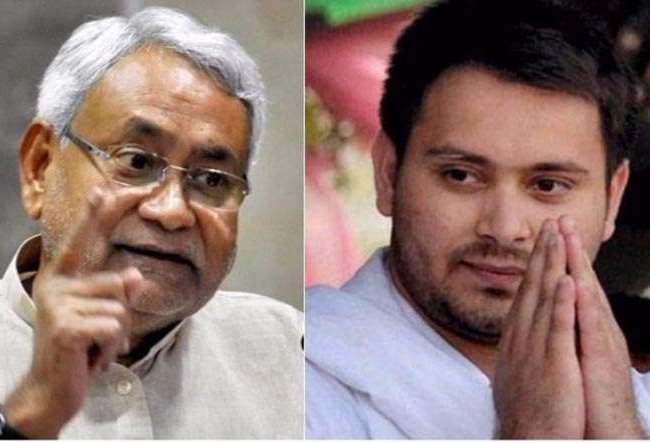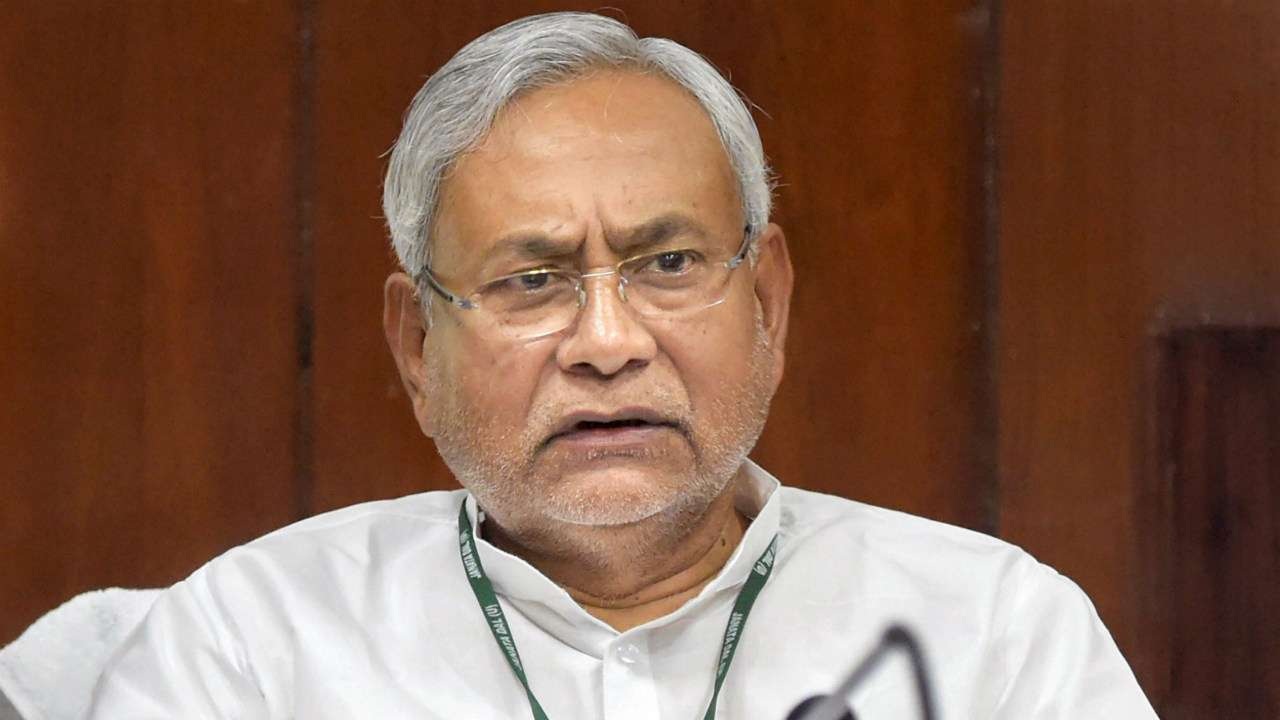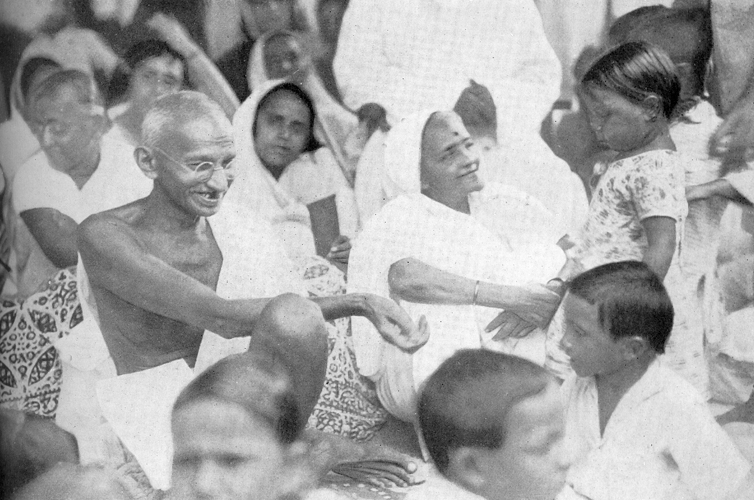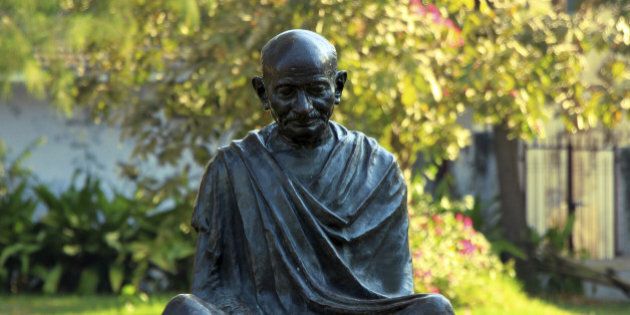Bihar Assembly elections are approaching amidst a reeling economy and a pandemic. The state goes to vote in three phases from October 28 to November 7. With poor income and growth rate, Bihar is one of the poorest states in the country. Bihar is one of the major ‘money order’ economies, relying on remittances from sons, brothers and husbands working in places like Delhi and Punjab. Apart from this Bihar is largely agricultural, with 70% of Bihar’s workforce depending on farming for their livelihood. Yet the growth in the sector has been very slow. Industrial growth on the hand is quite negligible. The fiscal deficit is rising exponentially every year. There has been a consistent drop in the revenue receipts, and the outstanding liabilities continue to rise. With the increased expenditure on health infrastructure which nearly collapsed under the pressure of the coronavirus pandemic, the state faces a deep crisis.
In the race for the Chief Minister’s office, economic disgruntlement of the populace will play a determining role. Under Nitish Kumar, the state has seen improvement in terms of gross state domestic product (GSDP) in agriculture, expenditure on health and education, as well as infrastructure in the last five years. For the year 2020-21, the government has boosted the spending capacity for health, education and other areas such as sports, arts and culture substantially.
However, overall, Bihar continues to see lowest performance on most indicators of social development. Problems such as minimal industrialisation, clean water, sanitation, open defecation, rural housing and microfinance for small and marginal farmers continue to plague the state. The potential for growth in the industry is massive in Bihar but its contribution to the GSDP is still minimal. At 7.1% growth, the industry contributed to only 19% of the GSDP in 2015-16, the first year of this assembly’s term. While it rose in the following years, the growth remained far below national average.
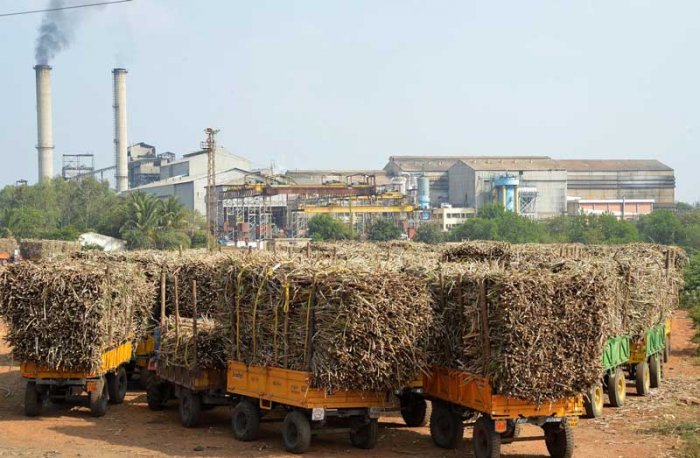
The sugar industry that was once Bihar’s biggest employer has been in a poor condition since the 80s. The Nitish Kumar government has done little to revive the continuously dying sugar mills. Most of the 28 mills Bihar had in the 80s have fallen victim to the state government’s harrowing indifference to industrial growth. As the mills close down due to cash and operational issues, hundreds of workers lose their jobs and remain unemployed due to lack of alternatives. Every election season, the mills and the workers hear the promises of revival only to be ignored post election. The state needs alternative forms of agro-based industries but industries remain a neglected subject in the purview of most governments of Bihar, and the same holds true for Nitish Kumar’s reign.
The state also has the largest proportion of migrant workers travelling to cities for work. The pandemic drove at least 32 lakh of these workers to their home state. Rehabilitating them was a tall order task for the state government, which the state failed to achieve miserably. Majority of these returning migrants enrolled themselves in the national employment scheme – MGNREGA but a large chunk of them remain helpless in face of delayed payments and low wages. Considering that these workers form a huge voter base, the government has underperformed and failed them as their conditions have deteriorated since their return.
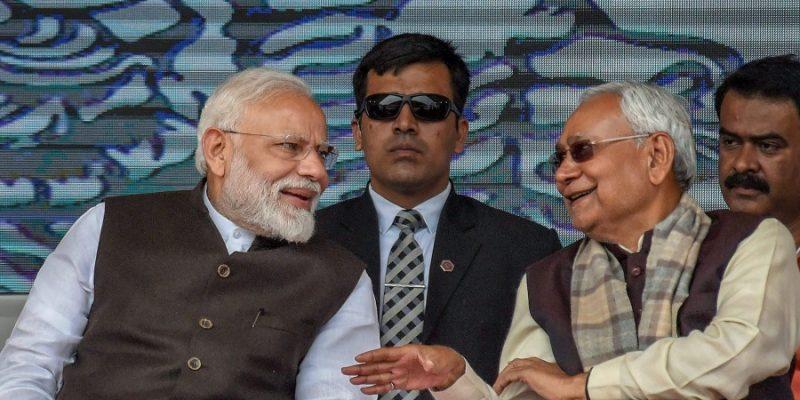
As far as the agriculture sector is concerned, the state has been witnessing a fluctuating financial response in the passing tenure under the JD(U)-BJP government. Small and marginal farmers, constituting nearly 91% of the farming community remain at mercy of microfinance which is unstable and unreliable. For the farmers, the floods added to the miseries of deprivation and unemployment. Spending on research in agriculture has also seen a decline.
In the run up to the assembly elections, the economic hardships of farmers and workers forms the central issue. The issues have exasperated in the pandemic as the government has had to focus its resources to building hospitals and clinics for Covid referrals. But the systemic issues in the state run deep, requiring a massive refurbishing and revival.
The Grand Alliance or the mahagathbandhan of RJD, Congress and smaller allies including the Left parties is set to position itself as an alternative to the ruling BJP-JD(U) government. The Grand Alliance is riding on promises of agitation against the recently enacted farm bills. This becomes their pointed agenda alongside the pacification of the growing unrest among the unemployed Bihari youth and farmers which can prove to be their anti-incumbent target. Meanwhile the poor and the poorest populations of Bihar wait for employment opportunities, better implementation of policies, upgradation of agricultural sector and mostly just basic livelihood for dignified living.

